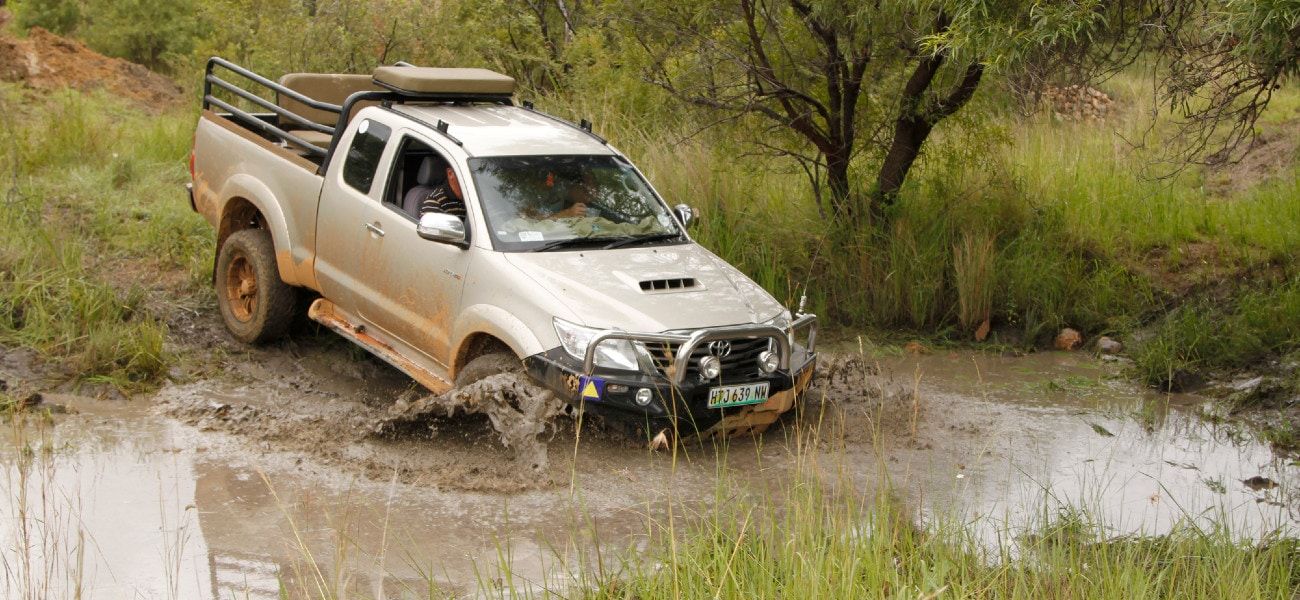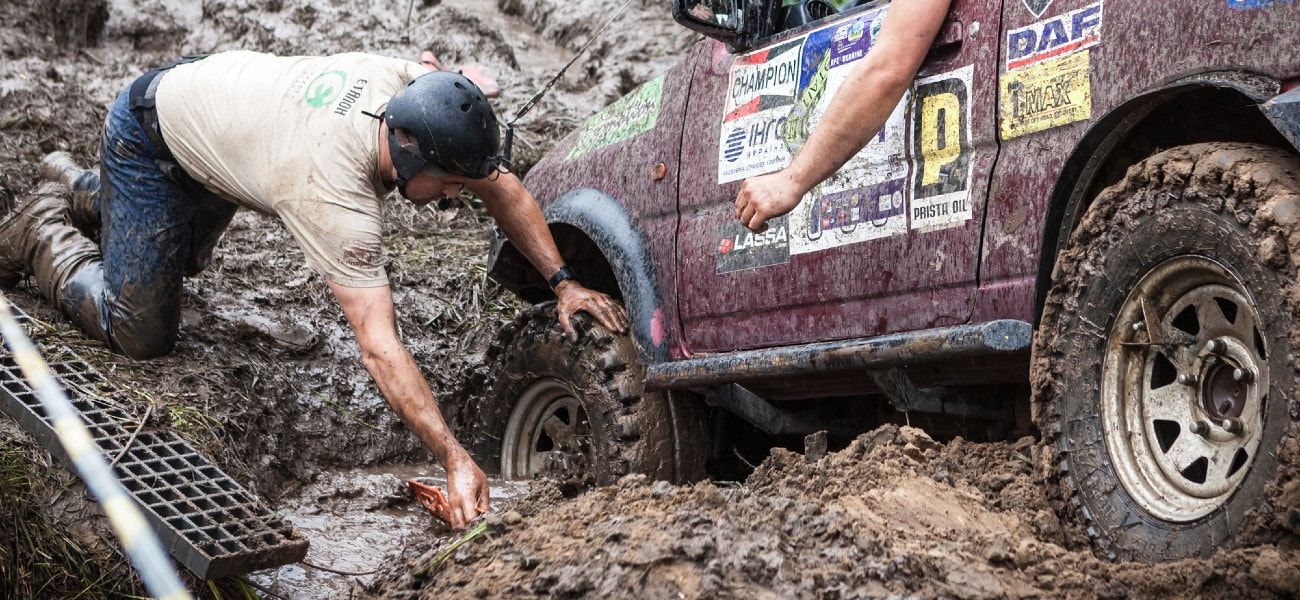Are you interested in a Toyota Hilux bonnet protector?
These days more drivers are looking for ways to maintain their vehicles. Bonnet protectors are useful for preventing light cosmetic damage to your ute. This will help to maintain its value and give you more peace of mind.
In this guide, we’ll try to identify the best Hilux bonnet protector for your needs. Each generation of Hilux has slight differences, so we’ve gone ahead and found the best one for each of the recent major models.
Check them out!
| Bonnet Protector For Toyota Hilux 2WD Dual Cab 03/05 - 08/11 | Bonnet Protector For Toyota Hilux 2WD Dual Cab 09/11 - 08/15 | Bonnet Protector For Toyota Hilux 2WD Dual Cab 10/2015-Onwards |
|---|---|---|---|
Early n70 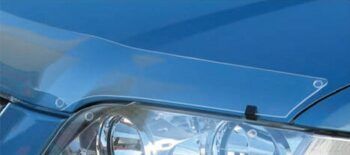 | late n70 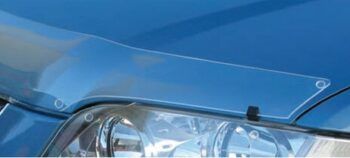 | Best for n80 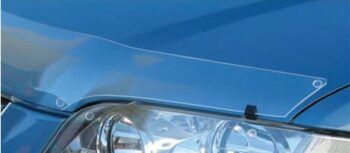 | |
2 kg | 2 kg | 2 kg | |
0.25m | 0.25m | 0.15m | |
0.20m | 0.20m | 0.05m | |
1.2m | 1.2m | 1.2m | |
Acrylic | Acrylic | Acrylic | |
Yes | Yes | Yes | |
N/A | Clear | N/A | |
Australia | Australia | Australia |
Best Toyota Hilux Bonnet Protectors - Australia
Bonnet Protector For Toyota Hilux 2WD Dual Cab 03/05 - 08/11
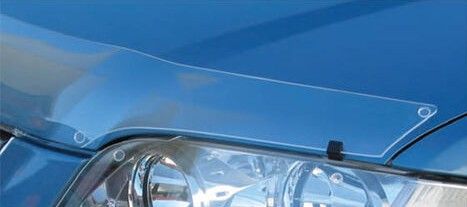
Best for Early N70
Australians have loved the Toyota Hilux for decades. Many people keep older models of this brilliant ute because they’re rugged and reliable.
Protective Plastics designed this Hilux bonnet protector specifically for the early N70s from 2005 to 2011. It should be noted that it’s not compatible with recent generations because of slight changes to the shape.
However, this makes it perfect for this Hilux model.
The brand uses acrylic because it’s a rigid and durable plastic that stands up to light debris. This can help to protect the bonnet from damage. Meanwhile, it is UV-stable which is crucial in the Australian sun.
Protective Plastics also provide a manufacturer’s warranty.
Bonnet Protector For Toyota Hilux 2WD Dual Cab 09/11 - 08/15
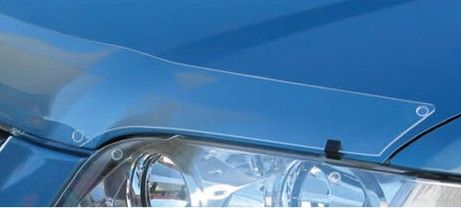
Best for Late N70
If you own a later N70 model, don’t worry!
Protective Plastics also produces a bonnet protector for Hiluxes from 2011 to 2015. They tailor them to the specifications of this generation of Toyota trucks. This ensures a perfect fit.
Clear acrylic gives the bonnet protector a low profile appearance. One of the main criticisms of these accessories is that they ruin the aesthetic. However, these aren’t in your face and it’s less obtrusive than a brightly-coloured version.
Furthermore, it’s UV-stable so the Aussie sun won’t degrade it quickly. Protective Plastics provide a manufacturer’s warranty.
The only negative is that it won’t fit earlier N70 utes. However, that’s only a problem if buyers mistakenly purchase the wrong version.
Bonnet Protector For Toyota Hilux 2WD Dual Cab 10/2015-Onwards
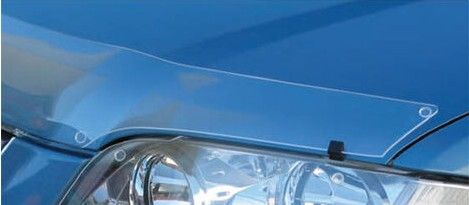
Best for N80
This Hilux bonnet protector is the best for the N80 generation from 2015 onwards. Unfortunately, it won’t fit the earlier models so don’t make a mistake!
However, the custom fit isn’t a negative. That’s because it’s designed specifically for this generation of Toyota Hilux. The tailored design uses the same rigid acrylic as the other products and offers reasonable protection from flying debris.
It also has a UV-stable external coating because of those harmful Australian rays. Potential customers can also check out the manufacturer’s warranty.
What To Consider When Purchasing A Bonnet Protector
Now let’s consider some important points before you purchase a Toyota Hilux bonnet protector.
Which Model of Toyota Hilux Do You Own?
As you can see from the products above, a bonnet protector isn’t a one-size-fits-all solution.
There are slight differences between the different generations of Toyota Hilux. That’s why it’s important to purchase an accessory that is tailormade for your vehicle. Otherwise, it won’t be as effective.
In the worst case, an ill-fitting bonnet protector can even damage your vehicle. It could scratch and dent the bodywork. This would be counterproductive so do your research before buying.
UV Protection
As an external accessory, bonnet protectors receive a lot of sun exposure.
They must be UV-stable. Otherwise, the lifespan of these products will be much shorter. The sun’s powerful UV rays split molecular bonds and can damage the plastic.
This is significant because plastic is the most popular material for bonnet protectors. Always cover your vehicle or store it in a garage when you’re not using it.
Colour
It may not be the most significant point to think about. But the colour and overall aesthetic of the bonnet protector is something that deters many potential customers.
Some people don’t like the style of them on the front of a vehicle. The upside is that they’re easy to install and remove so you only need to use them when you want to. Just plan ahead!
A clear bonnet protector may be more subtle than a bright accessory. That’s especially true if the colour doesn’t match the Hilux’s bodywork. That’s why Protective Plastics makes translucent products.
Material
Most decent vinyl protectors use vinyl as their main material.
This plastic is durable and strong so it can deflect flying debris. Be wary of cheaper bonnet protectors that use other plastics because they may crack. It’s worth paying a bit extra for a more effective product!
Where do you plan to drive?
Urban drivers probably won’t have much need for a bonnet protector. However, if you regularly pass through rural areas or offroad, this accessory can be useful.
Large vehicles such as trucks can send stone fragments and other debris into the path of other road users behind them. This is where a bonnet protector comes into its own.
Bonnet Protectors - FAQs
Are bonnet protectors worth it?
Bonnet protectors have their positives and negatives.
Some people insist that they’re not worth it because they don’t have as profound an influence on performance as other accessories. For example, a vehicle snorkel will optimise a 4WD’s offroad capacity.
However, bonnet protectors may reduce the chances of flying detritus damaging the front of a vehicle. This isn’t a guarantee because some things may inevitably slip past.
But they are effective for drivers in the outback and rural settings who want to preserve their vehicle’s value. There are also benefits for offroaders, although they won’t make your 4x4 invincible.
Typically, decent bonnet protectors have a market price of about $75 to $100. Some are cheaper while others are more expensive. Nonetheless, they’re not the most expensive accessory so they’re not a waste of money!
Can I install my bonnet protector myself?
It’s entirely possible to install a bonnet protector by yourself.
These products are relatively easy to apply, unlike other external accessories. There’s no need to drill any holes in the vehicle. Meanwhile, there are plenty of online videos to give you a visual guide on how to install one.
The important thing is to buy a bonnet protector for your specific vehicle. The product kit should supply all of the necessary nuts, bolts, and washers.
Are bonnet protectors cross-compatible?
Bonnet protectors are usually not cross-compatible.
Most of these accessories will only fit a single generation of a vehicle model, like the Hilux versions above. Each time Toyota releases a new Hilux, the shape changes slightly. While the bonnet protector is essentially the same, it has slightly different dimensions.
An ill-fitting bonnet protector will damage the vehicle so don’t skimp on getting the right one. Otherwise, it will cause scratches and do exactly what it should be preventing.
Remember that a bonnet protector should not make physical contact with the bonnet of the car.
Final Thoughts
Bonnet protectors are a controversial accessory because there are mixed opinions about their effectiveness and aesthetics.
However, they do add an extra layer of security that protects the vehicle’s bodywork from light aerial damage. They will likely reduce scratches and chipped paint. But only the user can decide if they represent good value or not.
In this guide, we’ve looked at the best Toyota Hilux bonnet protector for each recent generation of this ute. Each of these products is the best in their respective class.
If you’ve any questions about these Hilux bonnet protectors or the accessory in general, please leave a comment below!
This article may contain affiliate links. I will earn a commission if you choose to purchase a product or service after clicking on my link. This helps pay for the cost of running the website. You will not be disadvantaged in any way by using my links.
Note that while every effort is made to ensure the accuracy of the information on this page, there may sometimes be errors. Check all specifications with the manufacturer before purchasing any product.

